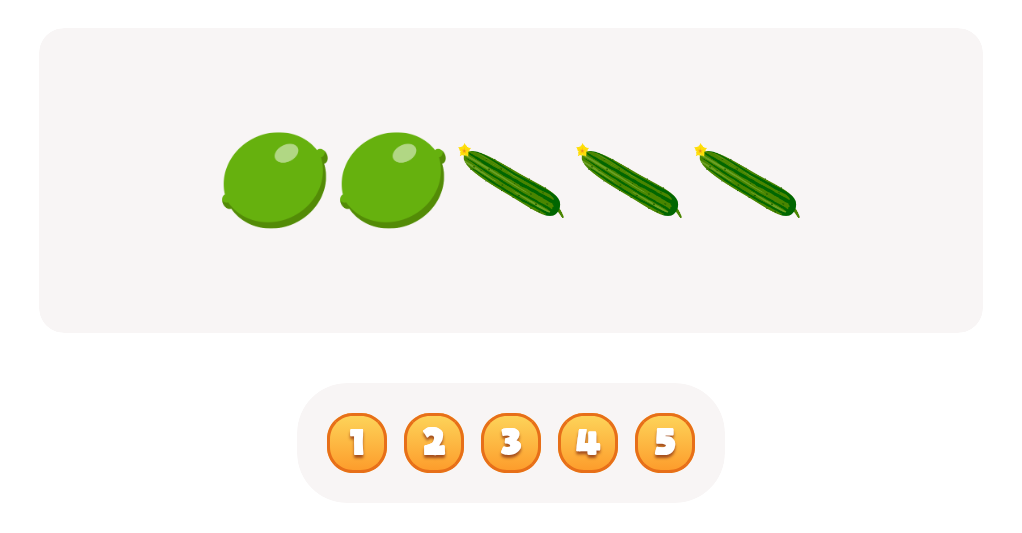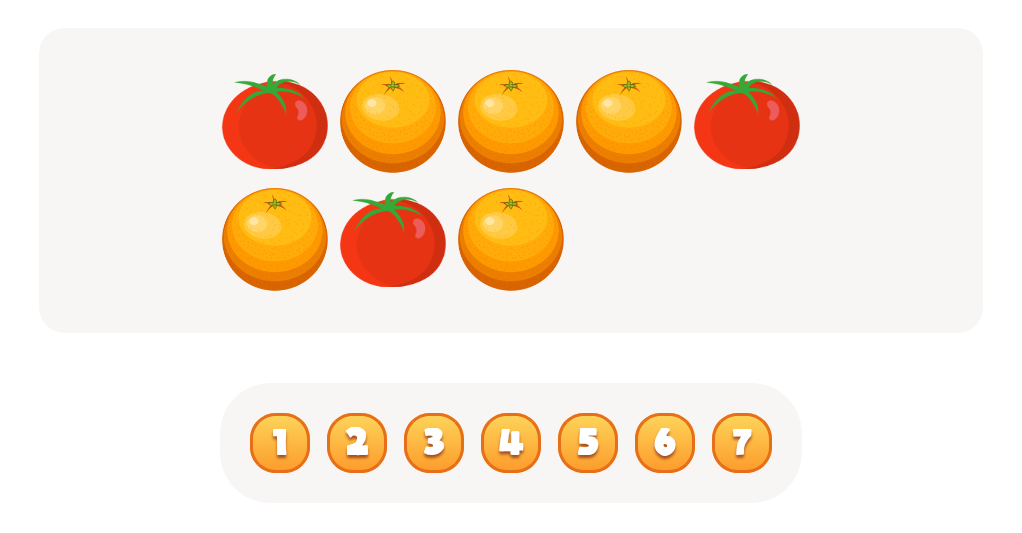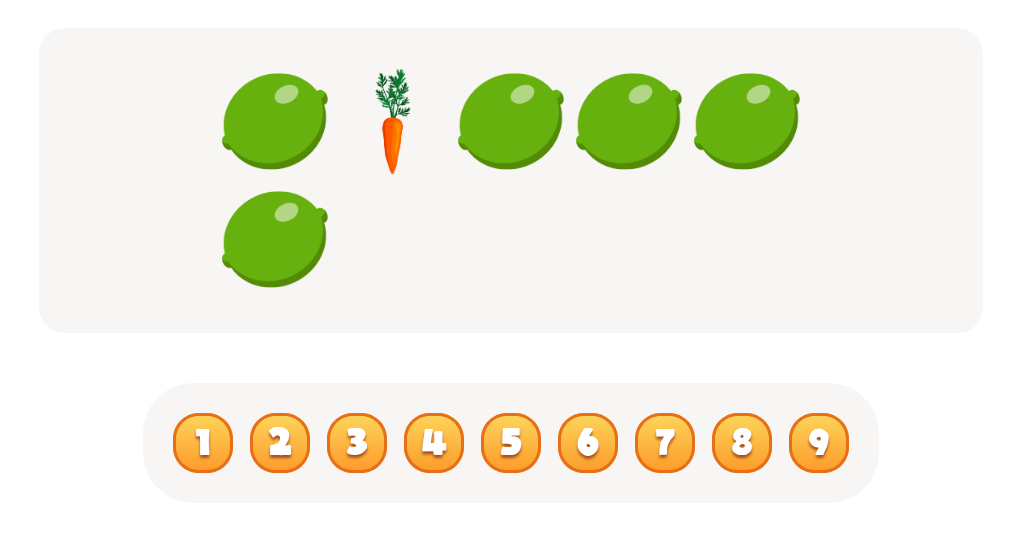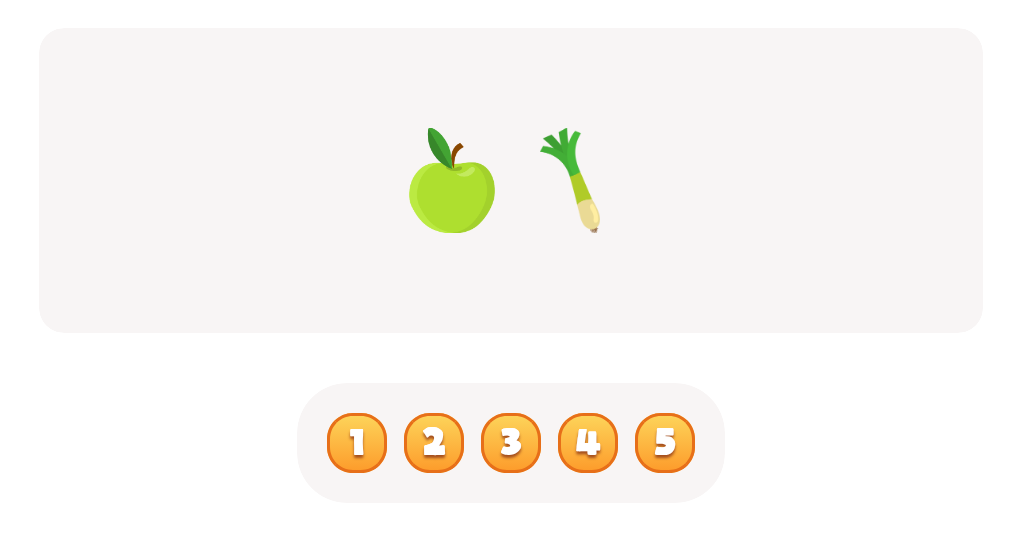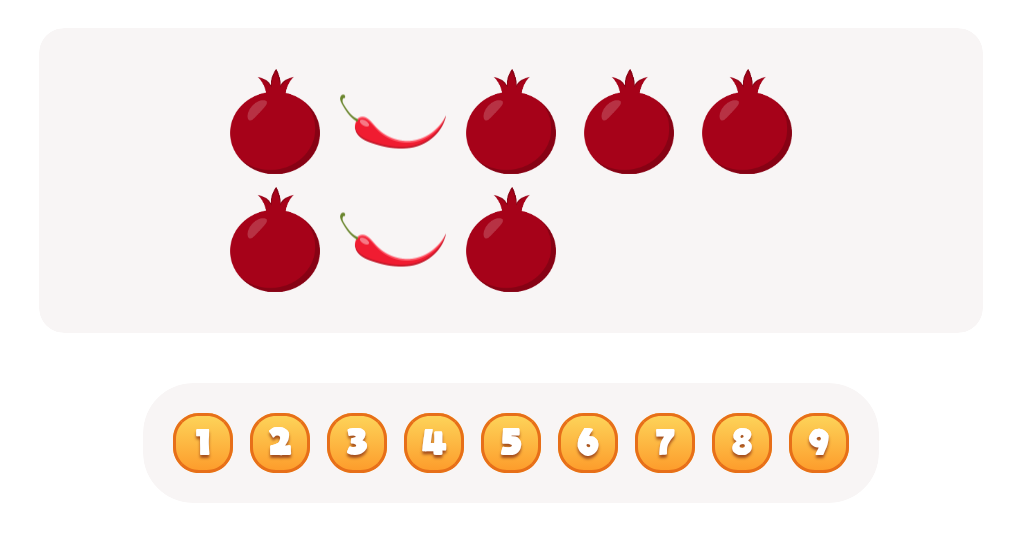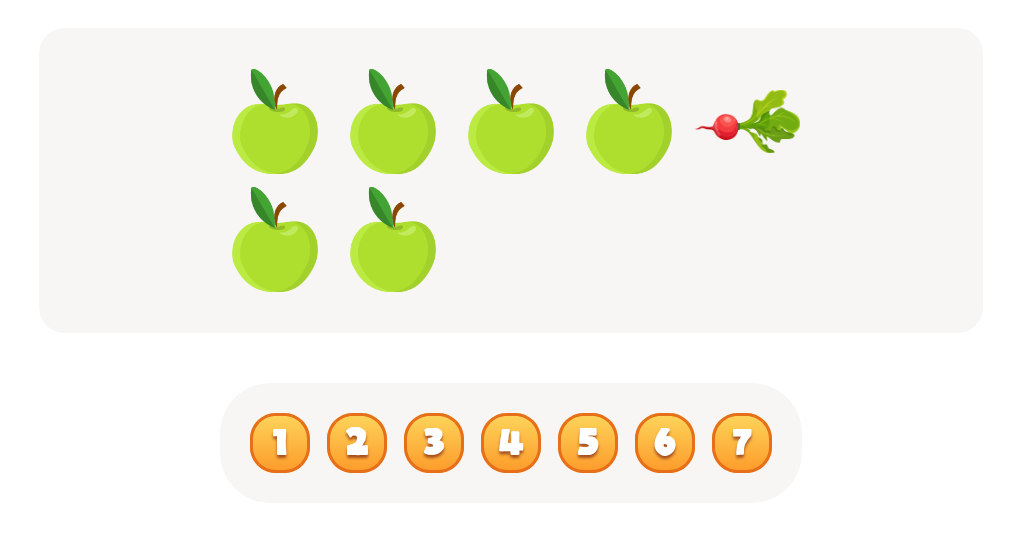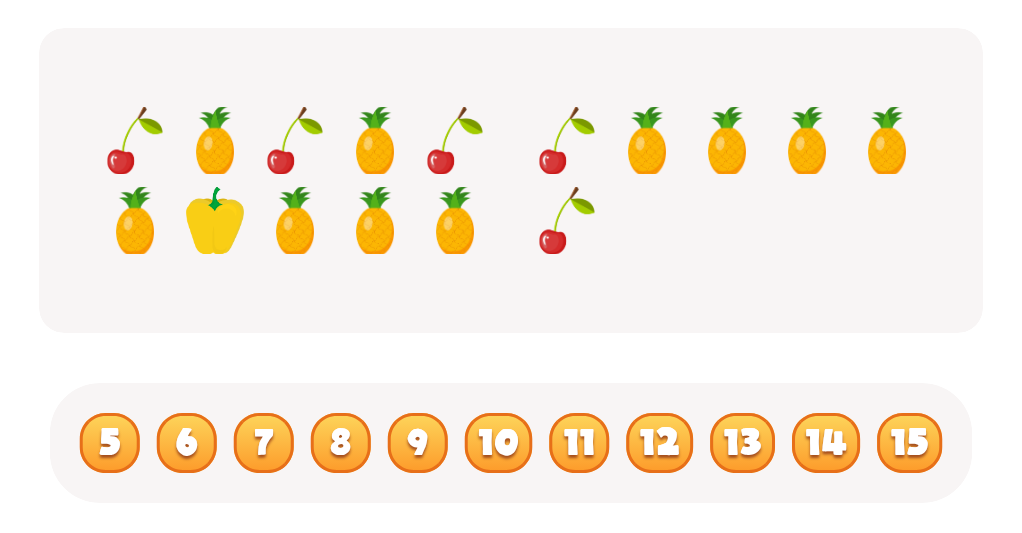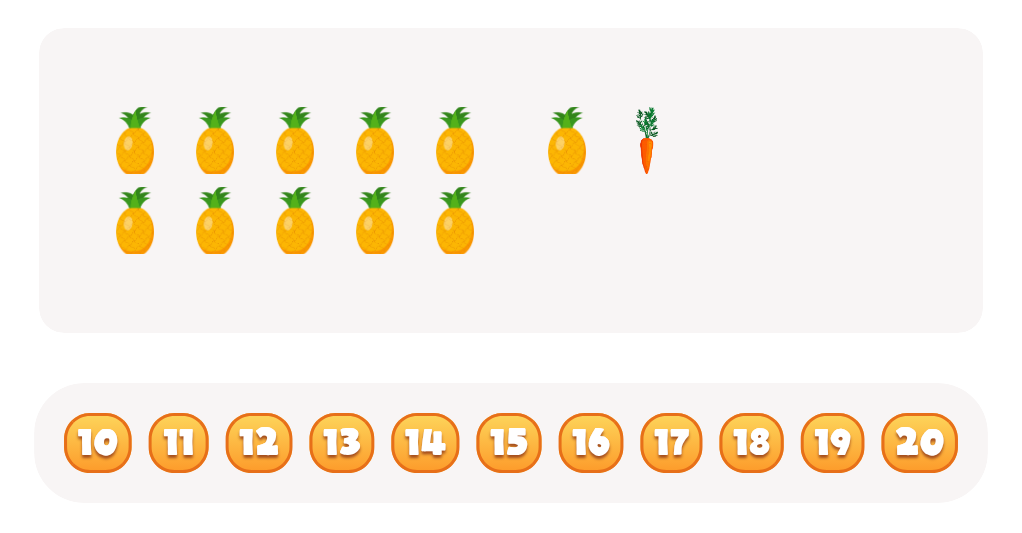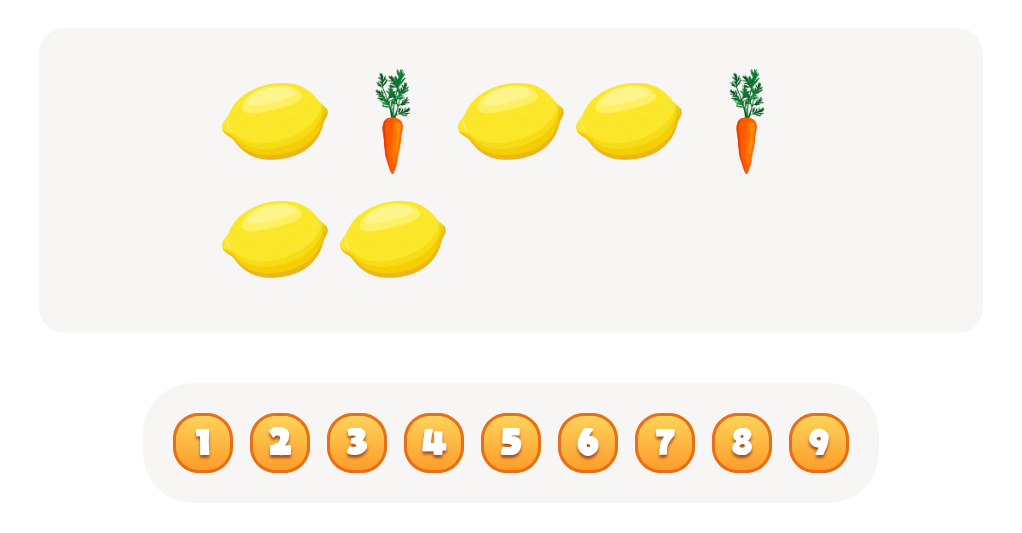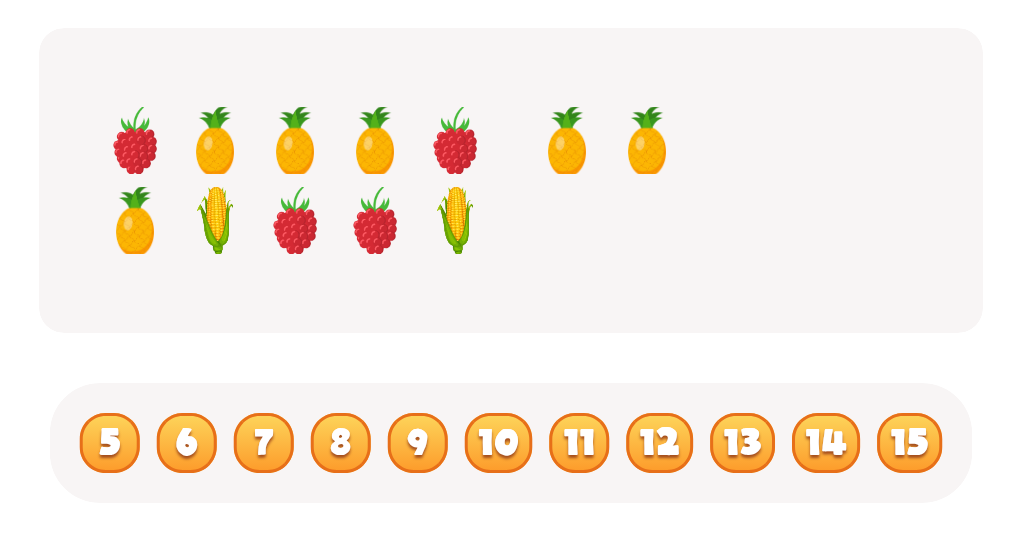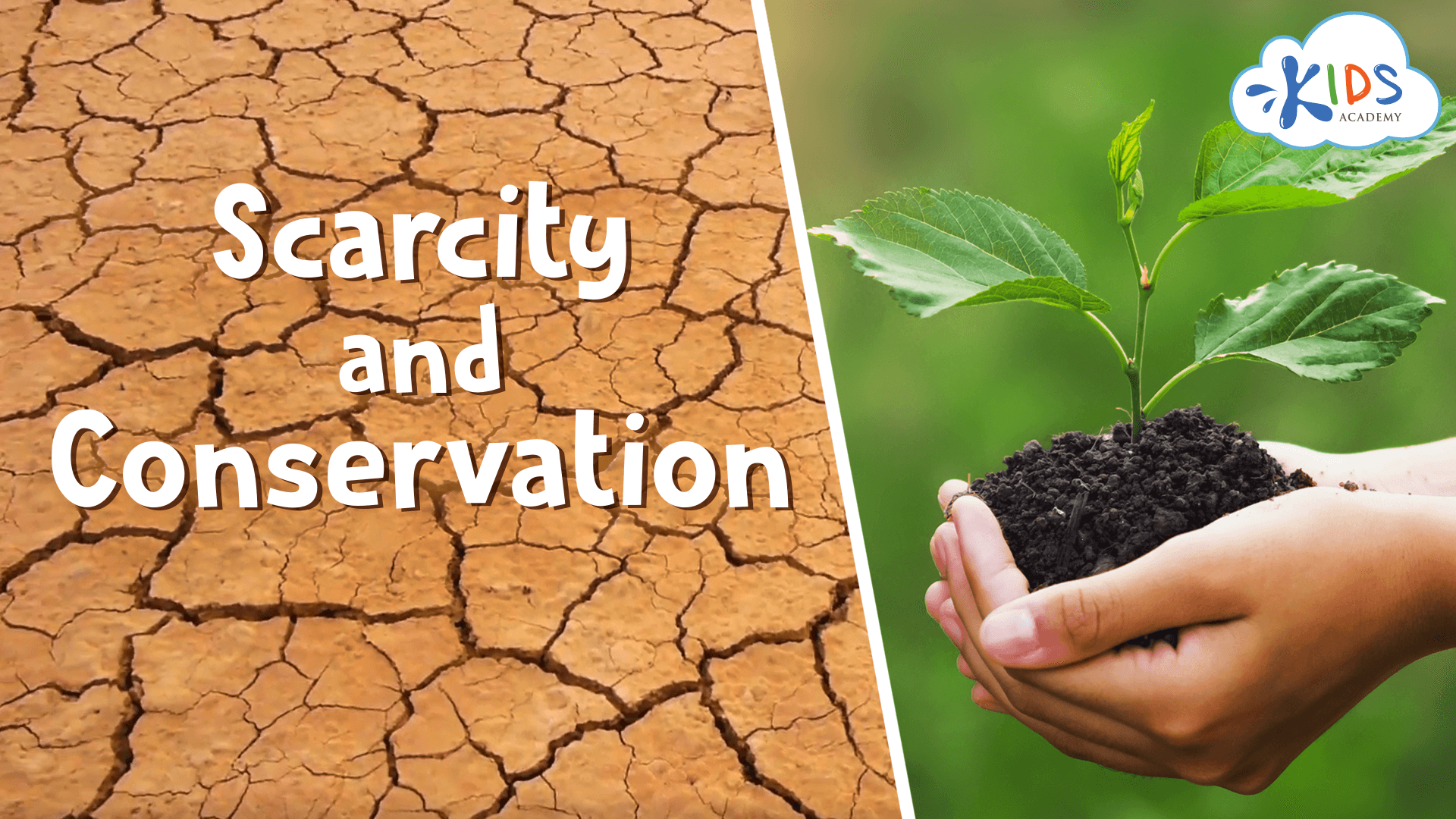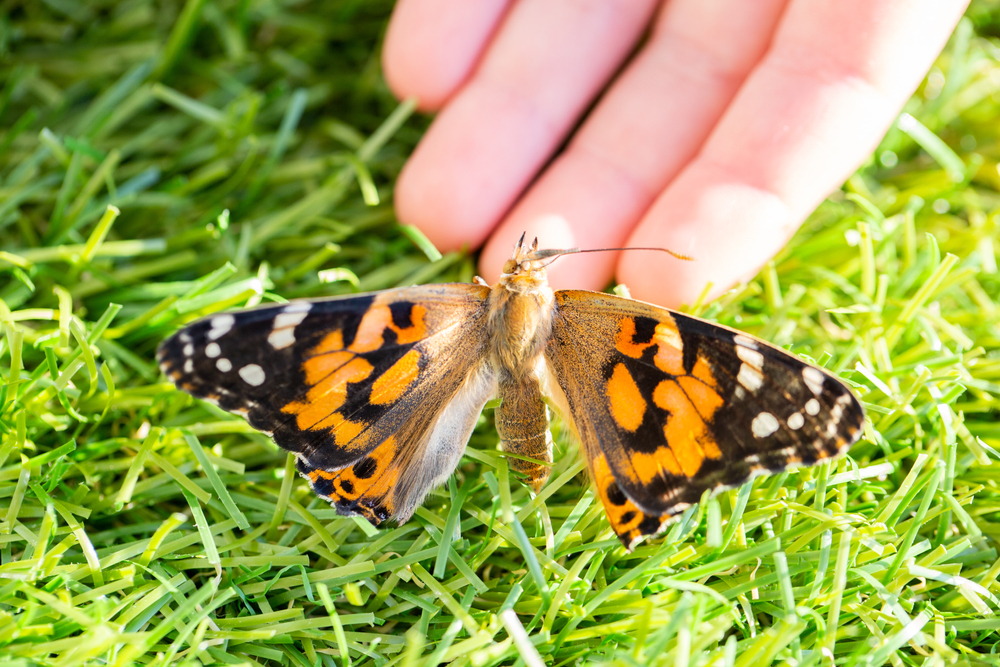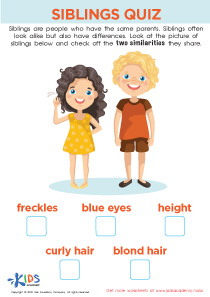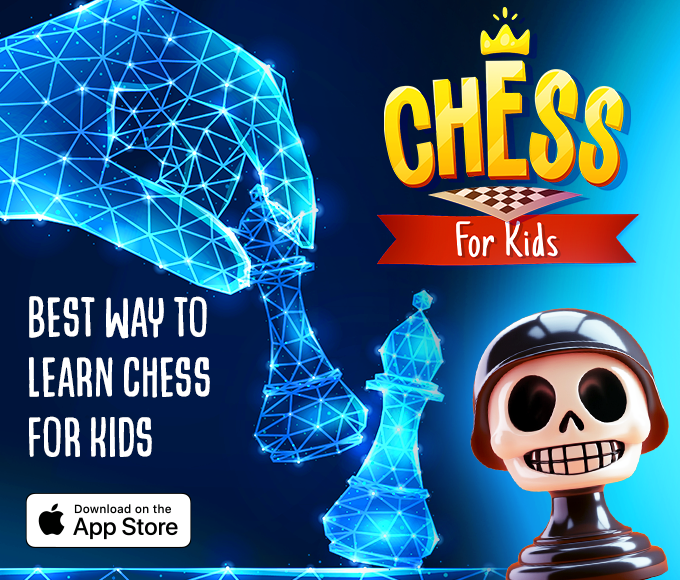Normal Plants and Animals Worksheets for Ages 3-8 - Page 5
100 filtered results
-
From - To
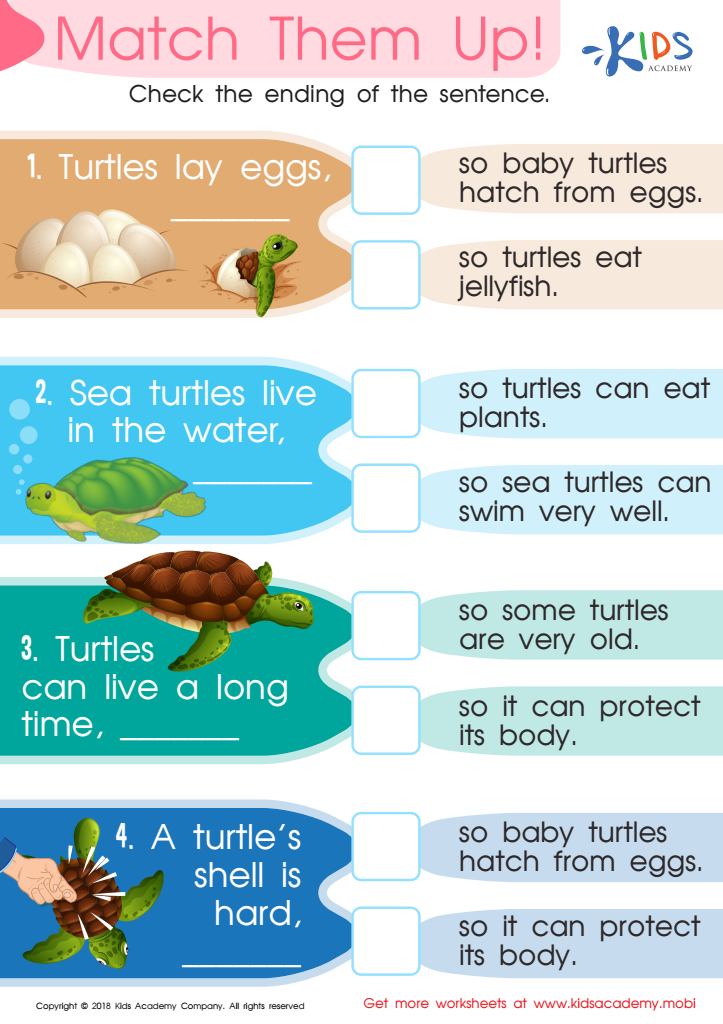

Match Them Up Worksheet


Food Chain Cause Worksheet
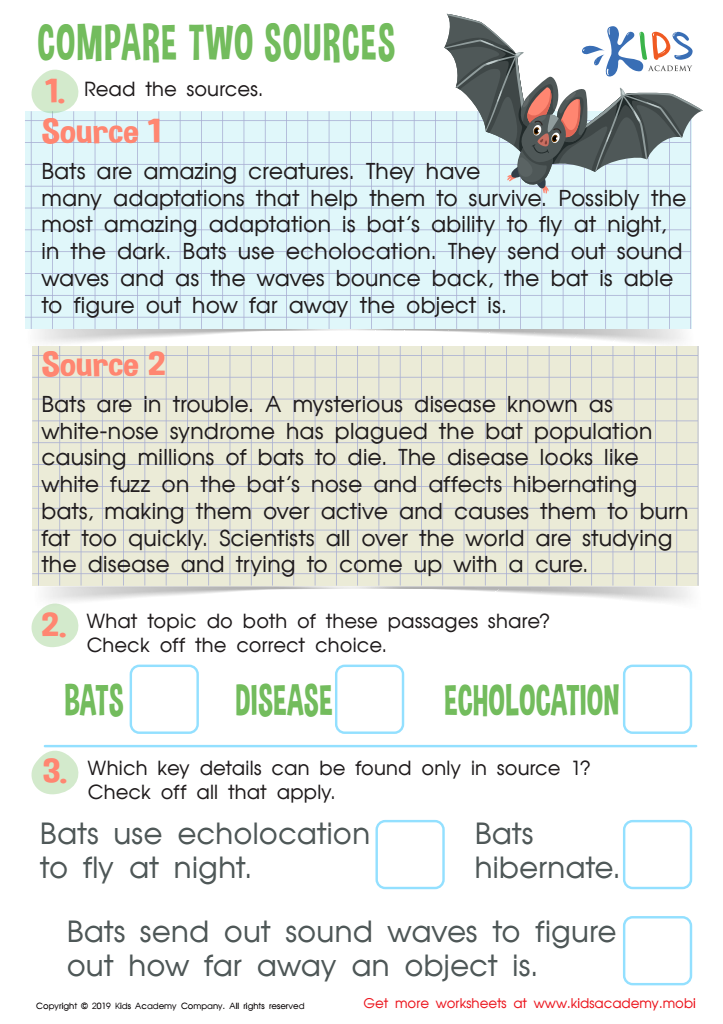

Compare Two Sources Worksheet
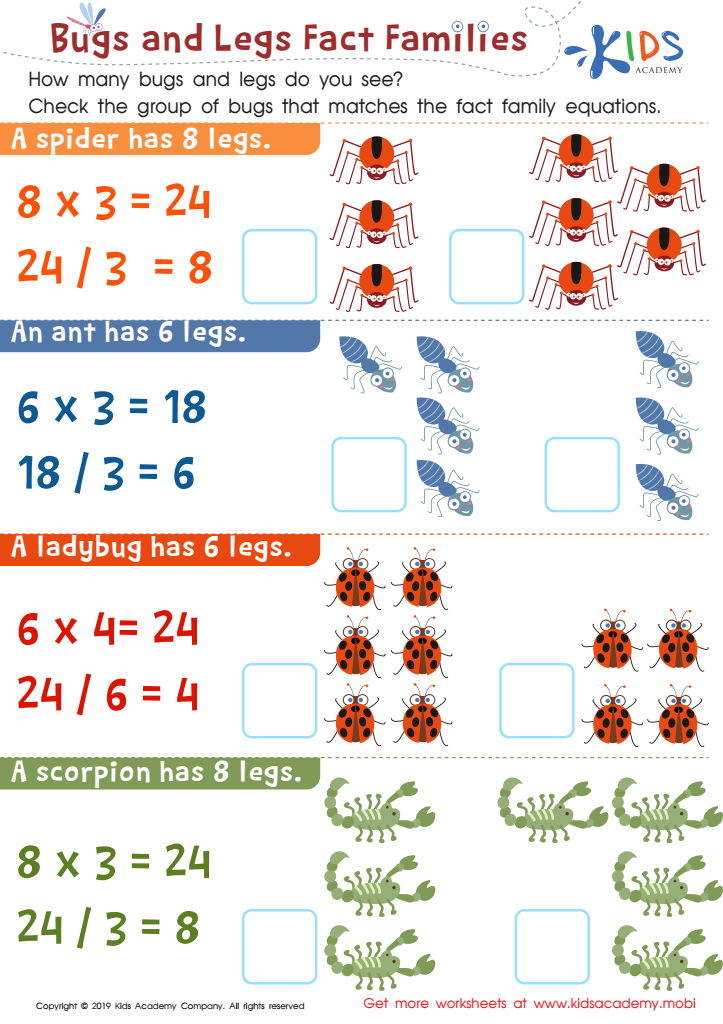

Bugs and Legs Fact Families Worksheet
Understanding normal plants and animals is vital for children ages 3-8, as it lays the foundation for their appreciation of nature and environmental awareness. At this developmental stage, children are naturally curious and eager to explore the world around them. Introducing them to normal plants and animals helps foster a sense of wonder and connection to the environment, which is crucial for building a sustainable future.
Parents and teachers play a key role in cultivating this interest. By exposing children to the diversity of plant and animal life, they stimulate observational skills, critical thinking, and empathy towards living organisms. Recognizing the everyday flora and fauna helps kids develop a greater respect for nature, promoting responsible behaviors like conservation and compassion.
Furthermore, learning about plants and animals supports essential developmental skills, such as vocabulary expansion and cognitive abilities. Engaging children through activities like nature walks, gardening, or storytelling about animals helps enhance their physical and emotional well-being.
Ultimately, valuing normal plants and animals empowers young learners to appreciate their environment, encouraging a lifelong commitment to protecting the natural world. In a time when ecological education is crucial, instilling this understanding early on can have lasting effects on future generations.
 Assign to My Students
Assign to My Students
